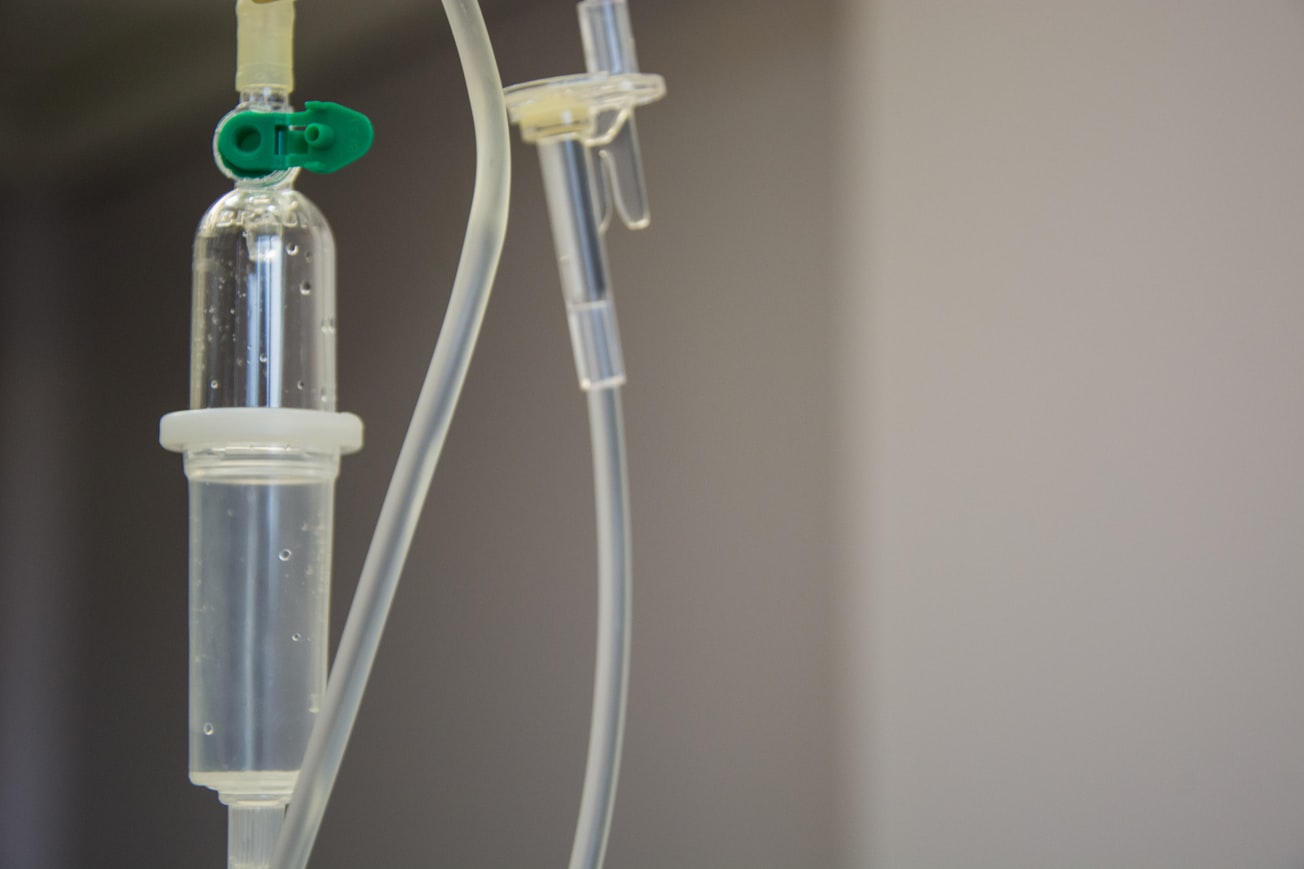What is it about?
The stabilization of polyolefins against γ-sterilization has been studied with single or binary additive system. The present attempt is to utilize synergistic mixtures of stabilizers which are approved for food contact applications. Ethylene–propylene (EP) copolymer has been melt-mixed with hindered amine stabilizers (HAS), phenolic antioxidants and organo-phosphites (hydroperoxide decomposer).
Featured Image

Photo by Marcelo Leal on Unsplash
Why is it important?
The unique properties of ethylene–propylene homo-/copolymers, such as mechanical properties, transparency, low cost, durability, resistance to weathering and photo-degradation as well as biological attack and hydrophobicity have contributed to their skyrocketing utility in different applications. In biomedical field, they have been the choice of materials for medical supplies such as syringes, catheters, vials, blood transfusion bags, dialyzers for blood purification etc., and these medical devices are mostly sterilized by γ-radiation.
Perspectives
Among phenol containing systems, where we mostly observe discoloration due to the oxidation of hindered phenol and the combination of secondary HAS, tertiary HAS, organo-phosphite and hindered phenol exhibited improved stabilization efficiency than single or binary additive systems. The mixture of secondary HAS and tertiary HAS, has shown antagonistic effect of stabilization whereas their combination with organo-phosphite has exhibited synergistic effect of stabilization even at higher doses of γ-sterilization. The effects have been explained through the interaction between the stabilizers.
Dr Pratheep K Annamalai
University of Queensland
Read the Original
This page is a summary of: Stabilization of γ-sterilized biomedical polyolefins by synergistic mixtures of oligomeric stabilizers, Polymer Degradation and Stability, October 2006, Elsevier,
DOI: 10.1016/j.polymdegradstab.2006.03.010.
You can read the full text:
Contributors
The following have contributed to this page







